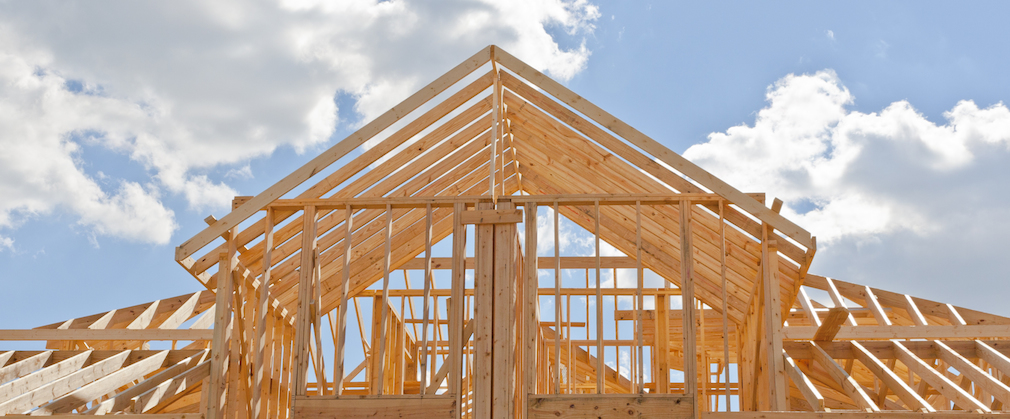Given the recent drought in housing inventory across the nation, the industry welcomed the recent news that homebuilder confidence surged in March due to President Donald Trump’s actions on regulatory reform.
The news, while positive, isn’t guaranteed to turn into increased housing starts though, a new report from Capital Economics explains.
The executive order requires a review of the Waters of the United States rule (WOTUS), which has been suspended since its introduction in 2015.
Even if the order does slightly boost housing starts, it doesn’t fix the major labor shortage in the industry that is the biggest contributor to the current lack of inventory in the market.
Capital Economics explained that the WOTUS definitions introduced under the Obama administration extended the amount of land which qualified for federal protection.
As a result, it noted that the cost of applying for permits in some areas increased.
But even though the National Association of Home Builders and Wells Fargo Housing Market Index attributed the high in homebuilder confidence to this, it doesn’t mean there is will be an increase in housing starts.
The executive order sends a signal that the regulatory environment that homebuilders face is set to become less onerous. While this implies lower construction costs, the article stated that whether that will help boost housing starts depends on the availability of land.
Capital Economics outlined three possible outcomes from the executive order.
Outcome one:
If land is in short supply, a cut in construction costs (assuming house prices are unchanged) will simply increase the amount builders can bid for that land. So land prices, instead of starts, will rise.
Outcome two:
If competition is less than perfect, builders may look to pocket the cut in costs through a higher profit margin. That would help explain the jump in confidence following the executive order.
Outcome three:
Given that the WOTUS rule would restrict the land available to build on, builders may now look more closely at land that would have been caught up by the rule.
Looking at the big picture, this does little to change the labor shortage, which is what is the main factor hurting homebuilders.
Capital Economics, in turn, reaffirmed its view that single-family starts will rise by a decent 15% this year, and 10% in 2018.





